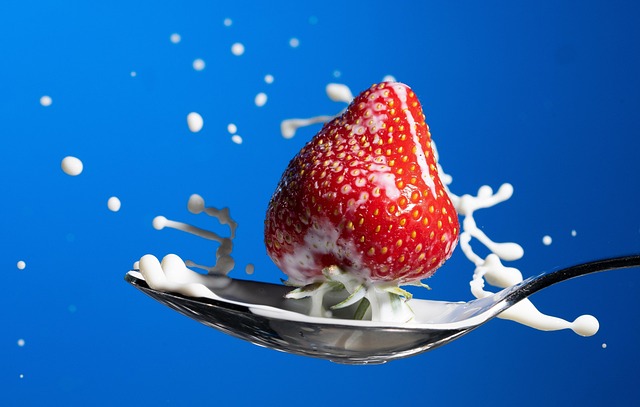Macro photography is a captivating form of photography that allows you to explore the intricate details of the world often overlooked by the naked eye. With the right camera and optics, you can delve into a miniature universe filled with vibrant textures, colors, and patterns that tell a unique story. From the delicate wings of a butterfly to the tiny dew drops on a leaf, macro photography unveils the beauty that lies in close-up shots.
To master macro photography, it’s essential to have a solid understanding of exposure, as it plays a crucial role in ensuring your images come to life. This specialized photography technique requires careful consideration of light, shutter speed, aperture, and ISO settings. When shooting close-up, the depth of field becomes exceedingly shallow, meaning that only a small portion of your image will be in focus. This shallow depth brings an ethereal quality to your photos but also poses a challenge; you must strike a balance to highlight the details that matter.
Choosing the right camera and lens is paramount in macro photography. While some photographers opt for dedicated macro lenses, others may utilize extension tubes or diopter filters. Each option has its own set of advantages and allows you to achieve stunning close-up shots. These tools enable you to focus closely, revealing the minutest details that improve not only your technique but also your understanding of light and exposure.
When setting up your macro shot, consider your lighting. Natural light can work wonders, but often, it’s the artificial lighting that brings out the best contrast and highlights in your images. A diffuser can soften harsh sunlight and illuminate the subtle intricacies of your subject. Experimenting with light sources will help you develop a distinct style, allowing your macro photos to pop and resonate with viewers.
Also, don’t shy away from experimenting with different angles and perspectives. Macro photography invites you to explore different relationships between your subject and the camera. A right tilt or slight shift in position can result in dramatically different outcomes. Pay close attention to the composition of your shot as well; leading lines, patterns, and frames can enhance your close-ups and evoke emotional responses.
In the world of macro photography, patience is a virtue. Often, the perfect shot requires waiting for the right moment, particularly when working with live subjects such as insects or flowers. The art involves more than just clicking the shutter; it’s about connecting with the environment and the moment unfolding before you. Each photograph you take is a captured heartbeat of nature, inviting viewers to explore the unseen and appreciate the meticulous beauty that surrounds us.
As you embark on your journey into macro photography, remember that practice is key. The more you experiment with your camera and optics, the closer you’ll get to mastering this intricate art form. Embrace the challenges, learn from each shot, and allow your creativity to flourish in this enchanting realm of close-up photography.



